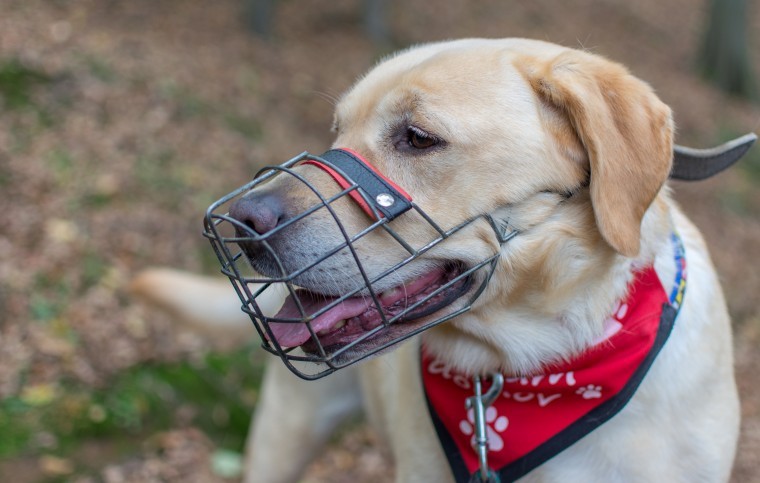The number is increasing, which is why the NFU’s South East Region pressed East and West Sussex MPs to hold a debate in parliament about the issue. Lloyd Russell-Moyle, the Labour MP for Brighton Kemptown, succeeded in securing an adjournment debate in livestock worrying in Sussex.
Dogs chasing and mauling sheep or other animals are usually involved, said Mr Russell-Moyle.” The direct attack can cause death or severe injury and, in some cases, miscarriage. The stress of the event can cause great harm to the animals, particularly the young.”
Maria Caulfield, Tory MP for Lewes and an urban shepherd Brighton and Hove, said many dog owners are unaware of the damage their pets can do. “They think that the dogs will not attack sheep,” said Ms Caulfield. “However, a dog does not have to attack a sheep physically to worry it. Chasing sheep can be enough to cause miscarriage or even death, because they are very likely to have heart attacks as well.”
Sussex Police recorded 497 cases of livestock worrying from September 2013 to August 2017. In that period, 589 were killed and 612 were injured, with a cost of £66,089 to farmers.
In 13 of the cases, the dog was shot. The owner was not present during more than half of the attacks (54%) and more than one in ten (14%) had damaged or worried sheep before. Offenders taken to court were fined a total of £2,254.
At the end of the debate, Mr Russell-Moyle urged agriculture minister George Eustice to have an effective public education campaign so that dog owners in towns, as well as rural areas, understand the importance of dog worrying. He asked Mr Eustice to consider changing the law so that dog owners have a legal obligation to report livestock attacks. He pointed out that the “problem is entirely preventable” and urged Mr Eustice to enforce a leashing requirement for dogs in fields with livestock and to ensure the police deal effectively with livestock worrying.
In his reply, Mr Eustice suggested that the police should use powers in the Dangerous Dogs Act 1991 to supplement their powers under the more dated Dogs (Protection of Livestock) Act 1953. The 1991 act makes it an offence to allow a dog to be dangerously out of control in any place, said Mr Eustice, and it also contains a power for a police officer to enter premises and seize any dog suspected of being dangerously out of control. The 2014 Anti Social Behaviour, Crime and Policing Act could allow local authorities to keep dogs on leads in defined areas, and the 1871 Dogs Act allows magistrates to order “anything reasonable” to keep a dog under control.
“Requiring dog owners to report attacks may not work,” said Mr Eustice, but he thought taking DNA samples where there is persistent worrying so that the dogs responsible can be identified “might be a better approach.”
After the debate, the NFU said that Mr Eustice had been “ministerial” and had instructed his officials to look at updating the 1953 act. Scott Pepe, external affairs manager in the NFU’s Westminster office, said that the natural beauty of East and West Sussex and their proximity to Brighton and London made them more prone to livestock worrying. He added that 7,218 kilometres of rights of way went across farmland in Sussex, some of which would be close to the total of 330,000 and 96,500 cattle in the two counties.
The NFU, said Mr Pepe, wanted to develop a database for dog DNA and use DNA testing to help identify dogs which attack sheep; dog owners should have a legal obligation to report dog attacks; and rights of way law should be flexible enough to temporarily or permanently close footpaths where there are continued incidents of livestock worrying.




